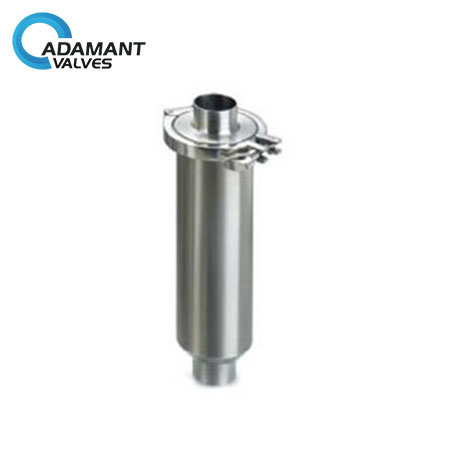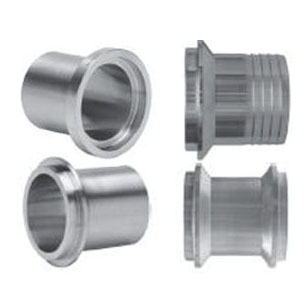Stainless Steel and Sanitary Fittings

Stainless steels are distinguished by their resistance to corrosion, which increases with increasing chromium content. Molybdenum additions increase corrosion resistance by reducing acids and pitting attacks in chloride solutions. Thus, there are many grades of stainless steel with varying grades of chromium and molybdenum to suit the environment that the alloy must withstand. Thus, stainless steels are used when steel strength and corrosion resistance are required.
Stainless steel’s corrosion and stain resistance, low maintenance, and familiar luster make it an ideal material for many applications. Stainless steels are rolled into sheets, plates, bars, wire, and tubing for cookware, cutlery, surgical instruments, major appliances and building materials in large buildings such as the Chrysler Building, as well as equipment industrial storage tanks and oil tankers for chemicals and food products. The corrosion resistance of stainless steel, the ease with which it can be steamed and sterilized, and no need for other surface coatings have also influenced its use in commercial kitchens and food processing plants. Therefore, stainless steel can be seen in manufacturing sanitary fittings.
Stainless steels do not suffer from uniform corrosion, such as carbon steel when exposed to moist environments. Unprotected carbon steel rust easily when exposed to the combination of air and moisture. The resulting surface layer of iron oxide is porous and brittle. Since iron oxide occupies a larger volume than the original steel, this layer expands and tends to flake and fall, exposing the underlying steel to further attack. In comparison, stainless steels contain enough chromium to undergo passivation, spontaneously forming a microscopically inert surface film of chromium oxide by reaction with oxygen in the air and even the small amount of dissolved oxygen in the water. This passive film prevents corrosion by blocking the diffusion of oxygen on the surface of the steel and thus prevents the spread of corrosion in the mass of the metal. This film repairs itself if it is scratched or temporarily disturbed by a disturbed condition in the environment that exceeds the resistance to corrosion inherent to this grade.





